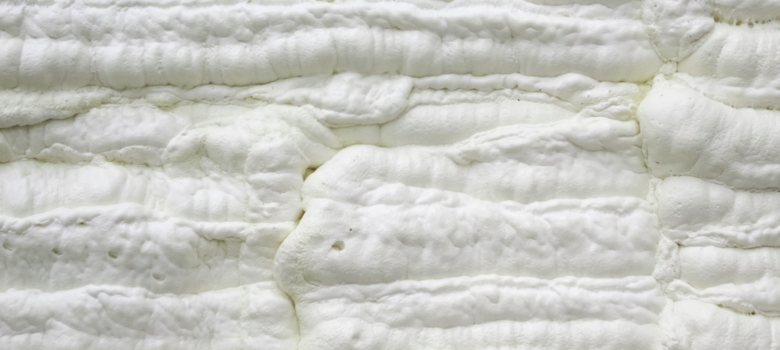
Spray polyurethane foam (SPF) has been around for decades as a relatively cheap and quick to install type of insulation. Typically applied to the roof and walls of the attic, once sprayed, it expands and hardens. It has to be installed by experts with specialist equipment. There are two types: open-cell (cheaper) or closed-cell (less permeable to water). Clearly, the idea is that it keeps your home at a reasonable temperature and stops heat loss, therefore reducing your bills. Closed-cell SPF has a U-value of around 0.16 w/m2K, which is not bad. In the US, spray foam is included as standard in new builds. The UK’s housing stock is older, and the take-up of SPF as a retrofit hasn’t been huge, there are a few things to take into account before opting for this form of insulation.
Downsides of spray foam insulation
Installation: Spray foam is often installed incorrectly, leaving gaps or holes, which reduces its performance. Another issue is that SPF is not necessarily breathable, so inadequate ventilation can mean moisture is trapped and condensation forms between the insulation and external walls/roof, causing damp.
Health: This is a big one. No-one’s sure of the potential health effects of off-gassing, or how long toxins linger in the air after the insulation is sprayed.
Environment: SPF is a fossil-fuel based product, with a a high carbon dioxide content in the materials. These are released during spraying, contributing to global warming. Some companies’ claims to be ‘eco-friendly’ should be taken with a pinch of salt!
The look: Most people would agree that SPF is pretty ugly. It’s bulky, messy and can’t be decorate over. Some people have even complained to us that they can’t sell their property because of it!
Alternatives to spray foam insulation
While we are not saying don’t consider spray foam as a solution, definitely weigh this up against other insulating materials.There are a number of types of insulation suitable for your loft, depending on your individual budget and requirements. We have separate blogs on most of them, so we thought we’d just pick a few of our favourites to suggest here:

External wall insulation is a more expensive measure, but can be really worthwhile. It looks great, protects your walls and keeps your home warm. Get in touch with us if you’d like us to recommend an installer.
Installing loft insulation
Interested in installing loft installation? We have scoured the country for the best tradespeople, so that we can make sure we only recommend those we really trust.
If you would like us to find you a local installer, just fill in the form below and we will be in touch shortly!
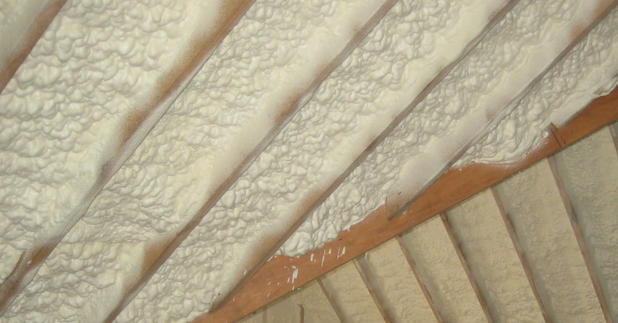



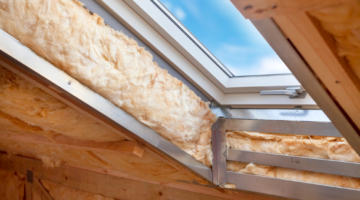
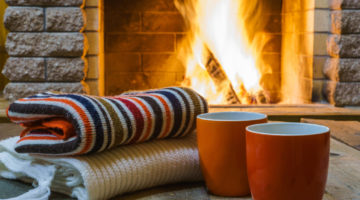
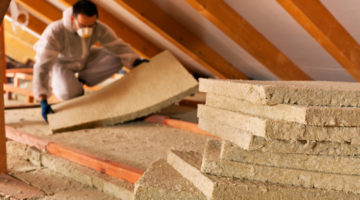






It can be difficult to get a mortgage on a property with spray foam insulation in the loft. Check with your lender before wasting money on a survey.
An interesting post. nice article!
This is such an informative article. Will look forward to more.
Nice Info, Great share ! Thanks
Thank you for sharing such an informative blog. Keep it up.